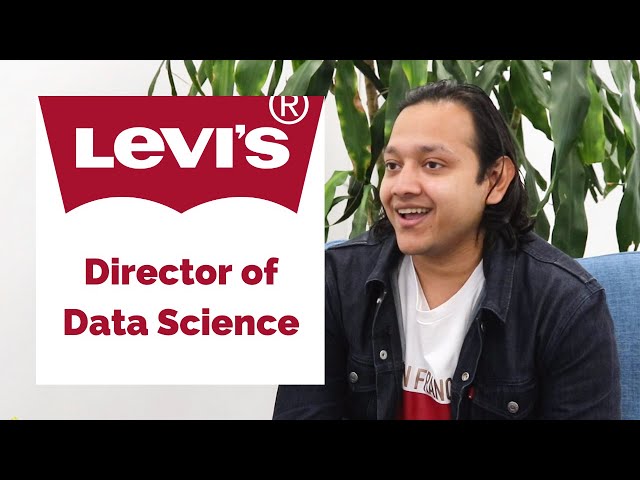What Does a Data Scientist Do? [2023 Career Guide]

In this article
If you ask ten different data scientists what they do, you may get ten different answers. That’s because the roles and responsibilities of a data scientist can vary greatly, depending on a number of factors, including experience, industry, and the size of the company they work for.
However, there are some commonalities among all data science roles. And if you’re preparing for a data scientist job interview, you should have a sense of what unites all data scientists. In this post, we’ll cover everything you need to know about what a data scientist does, including their basic responsibilities, niches of data science, and how data scientists function in different industries.
What Is Data Science?
Data science is the process of using data to derive meaningful insights. The quantitative techniques that data scientists use are borrowed from the fields of business intelligence, artificial intelligence, and machine learning.
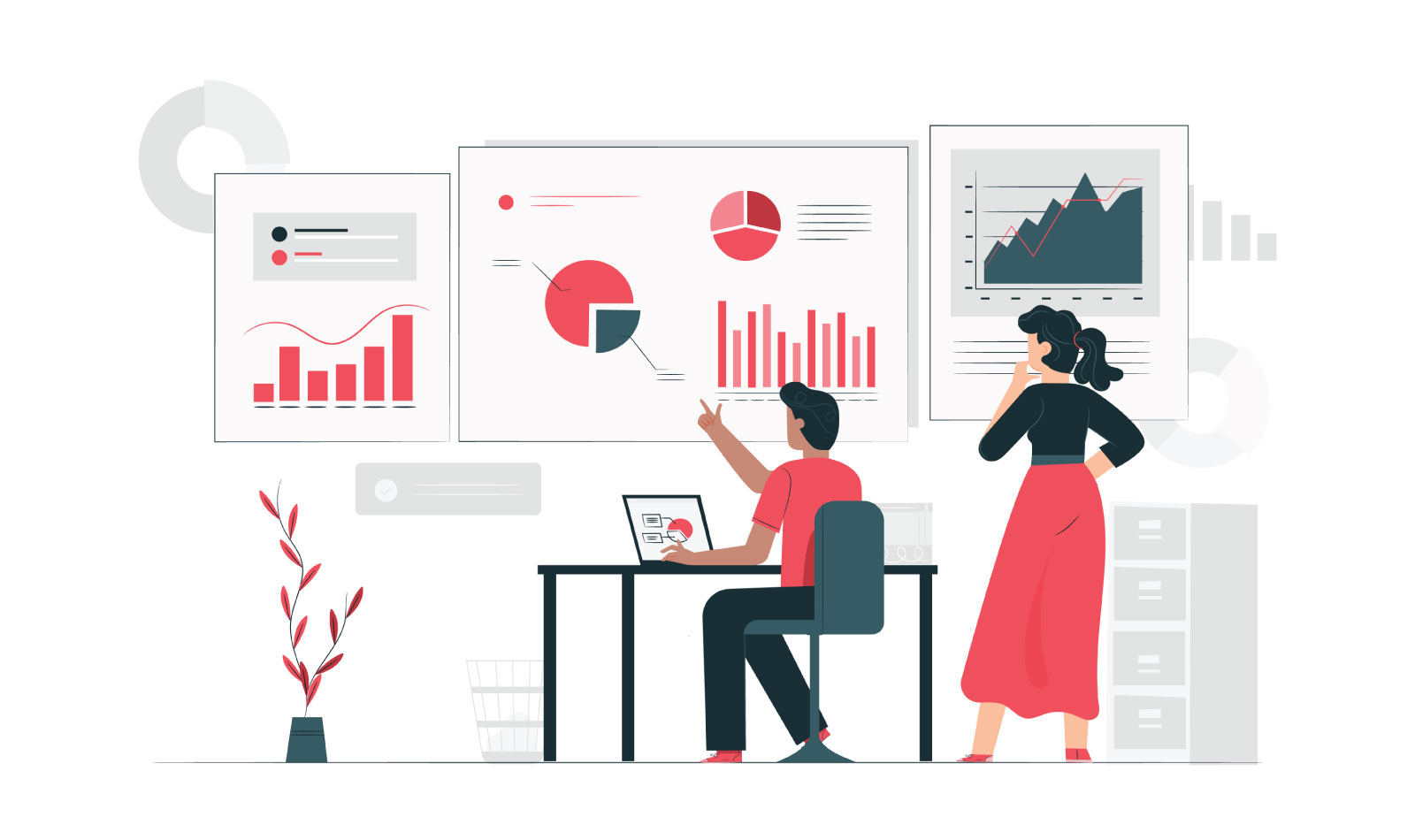
One way to understand data science is to examine a publicly available dataset, which can be downloaded from public repositories and then analyzed. If you do this, you’ll notice that data often comes in huge volumes and isn’t immediately understandable. So data scientists apply various analysis techniques to turn raw data into meaningful insights.
What Does a Data Scientist Do?
As mentioned earlier, the day-to-day responsibilities of a data scientist are determined by a variety of factors, some of which include:
Company Size
At Startups
Startups usually consist of smaller teams that are not very hierarchical. This can mean a couple of different things for your job as a data scientist. If you’re a data scientist at a startup, you may be the organization’s sole data scientist or part of a small tech team. This means that you might be working independently, rather than being part of a data science team. Often, data scientists at startups work in a highly collaborative manner with the other members of the company, as opposed to working with other data scientists.
At Mid-Sized Companies
Mid-sized companies often have a more hierarchical structure than startups. For a data scientist, this means that they’ll often be part of a data team that has entry and senior-level positions. Often, the more senior members of the team will assign tasks to more junior members, so if you’re a data scientist at a mid-sized company, it’s very possible that you’ll be assigned to an area like marketing, advertising, or competitor research.
At Large Companies
Generally speaking, the larger the company, the more specialized its data scientists will be. With more structure also comes more opportunities for job growth and specialization.
Based on Career Stage
Entry-Level Data Scientist
Entry-level data scientists are usually given basic data science tasks and often receive assistance from senior data scientists. They are given information on what kind of business intelligence needs to be collected and then complete those tasks within a given timeframe.
Entry-level hires will kick off the data science process by collecting and cleaning data. Then, they’ll conduct basic data analysis and produce reports to summarize their findings. Teams often have weekly check-ins with junior data scientists to make sure they’re on track with their work, and to address any questions or concerns.
Mid-Level Data Scientist
Mid-level data scientists have three to five years of experience and often have more specialized responsibilities. Often, their work entails more advanced data science techniques, including predictive modeling, statistical modeling, and deep learning. Instead of being told to solve specific problems, they might carry out exploratory data analysis to unearth hidden patterns in datasets and find ways in which these actionable insights could inform their company’s business strategy.
Senior Data Scientist
Senior data scientists have a high degree of familiarity both with technology and business strategy. Their deep understanding of the field is used in a few different ways by companies.
If you want to remain in a technical role, then you might be assigned as a lead data scientist. Your job will be to lay down the vision for the data science function in the company and lay down the regulatory and technical frameworks within which that will happen.
You could also take a more managerial role at this stage in your career. Senior data scientists often lead large teams and are tasked with overseeing their work. You might also be required to hire for roles like business intelligence analyst, data analyst, and so on. You need good interpersonal skills to work in this capacity.
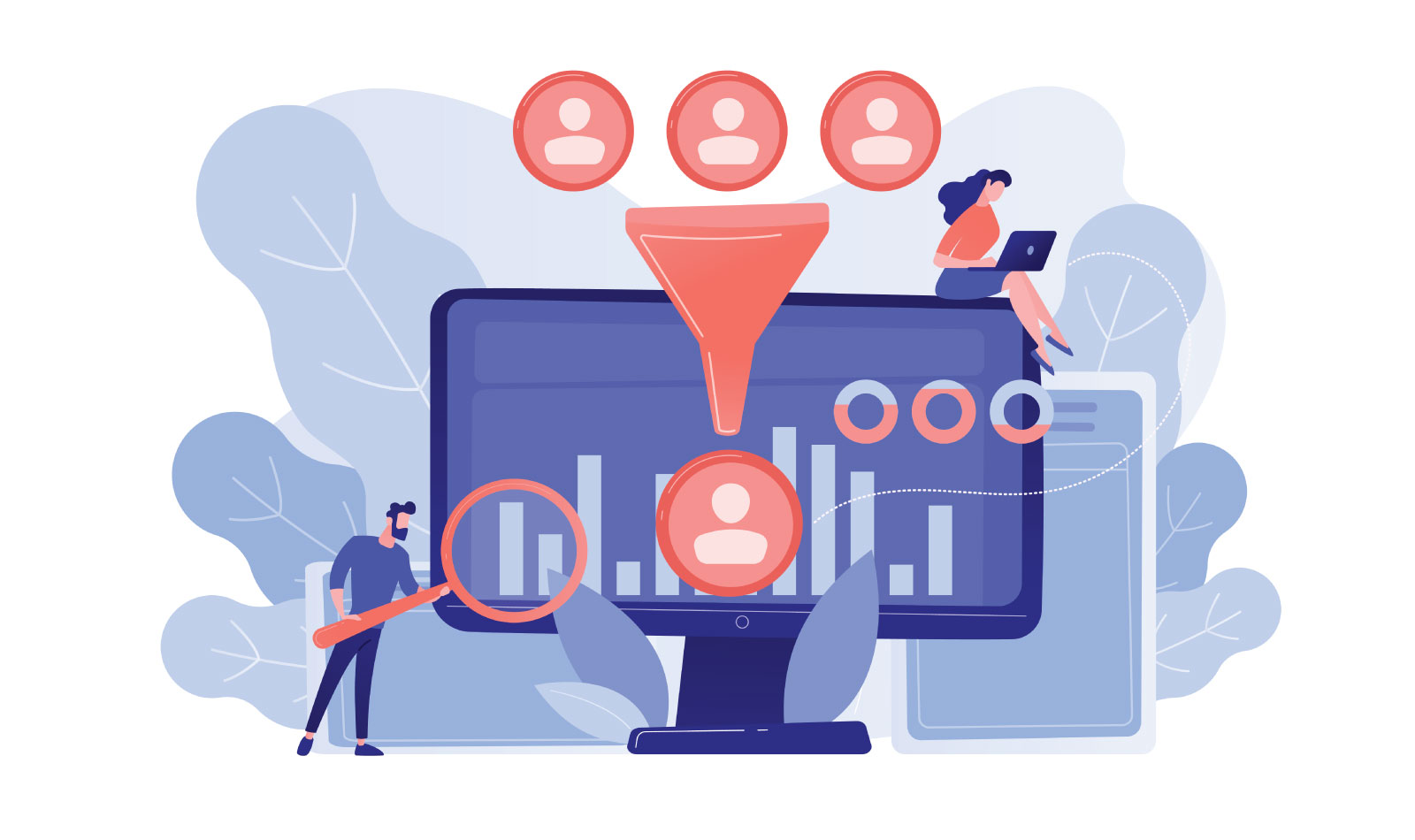
Based on Industry
Government
A government data scientist often uses publicly available data to unearth insights about the general public. They study this data to unearth insights that can enhance the functioning of public services, detect fraudulent or criminal activity, and recommend new measures wherever possible.
Entertainment
How do studios know what consumers are interested in watching next? What does Netflix use to recommend you new TV shows and movies? (Related Read: Day-in-the-Life of a Data Scientist at Netflix)
Data scientists play a big role in all those decisions. They’re hired by studios, platforms, and production companies to find ways to quantify consumer interest in different media properties, build recommendation engines, and analyze how various marketing methods translate to box office performance or views online.
Related Read: What Does a Data Scientist in the Entertainment Industry Do?
Healthcare
Healthcare data scientists have an important role to play in informing the decisions that are made in public health and medicine. Data scientists working in medicine analyze the performance of various drugs and how subjects respond to them. Public health also benefits from data science, with practitioners using it to study the impact of different interventions that they make.
Get To Know Other Data Science Students
Melanie Hanna
Data Scientist at Farmer's Fridge
George Mendoza
Lead Solutions Manager at Hypergiant
Jonathan Orr
Data Scientist at Carlisle & Company
Finance
Finance is perhaps where data scientists play the biggest role in any industry. Companies in the space hire experienced data scientists and actuarial analysts for quantitative analysis and other functions. Their work is used to improve financial companies’ ability to determine creditworthiness, identify potential defaulters, and enhance systems that detect different kinds of fraud. (Related Read: What Does a Data Scientist in Finance Do?)
Tech
Data scientists can also find a home at big tech companies. Often, they work with machine learning models, which can be applied to automating data analysis in a variety of use cases. Data scientists at tech companies also use their programming skills to help build better products and study customer behaviors. (Related Read: How to Get Hired as a Data Scientist at Google)
A Day in the Life of a Data Scientist
Now that we know all of the different industries that data scientists work in, let’s take a look at what a day in the life of a data scientist looks like.
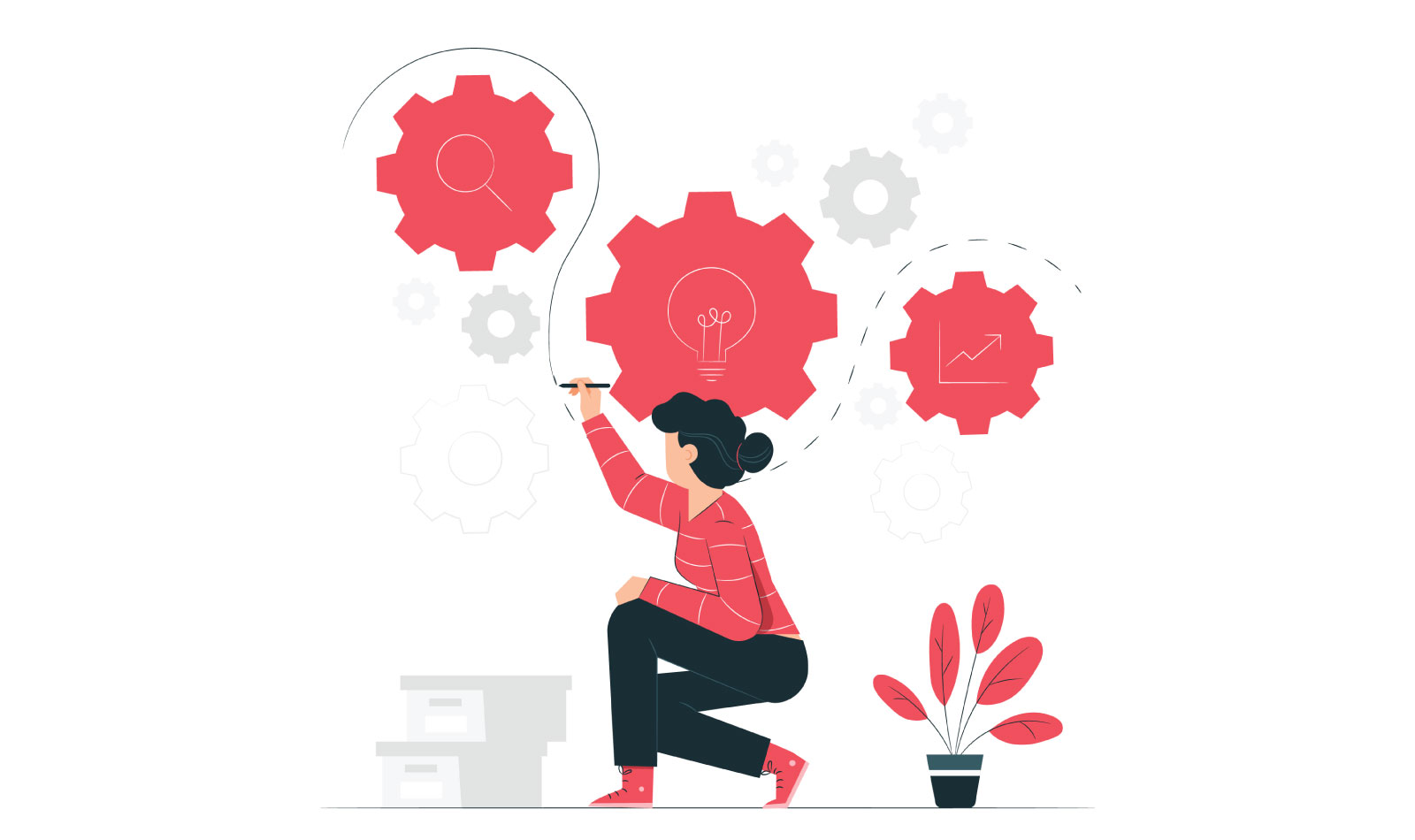
Discovery
The data science process begins with discovering a problem and defining its scope. The problem statement itself might come from non-technical stakeholders in the company, but it is the job of a data scientist to convert that into a technical specification which includes information on how data science techniques can be used to solve that problem and the kind of resources that are required to make that happen.
Acquiring Data
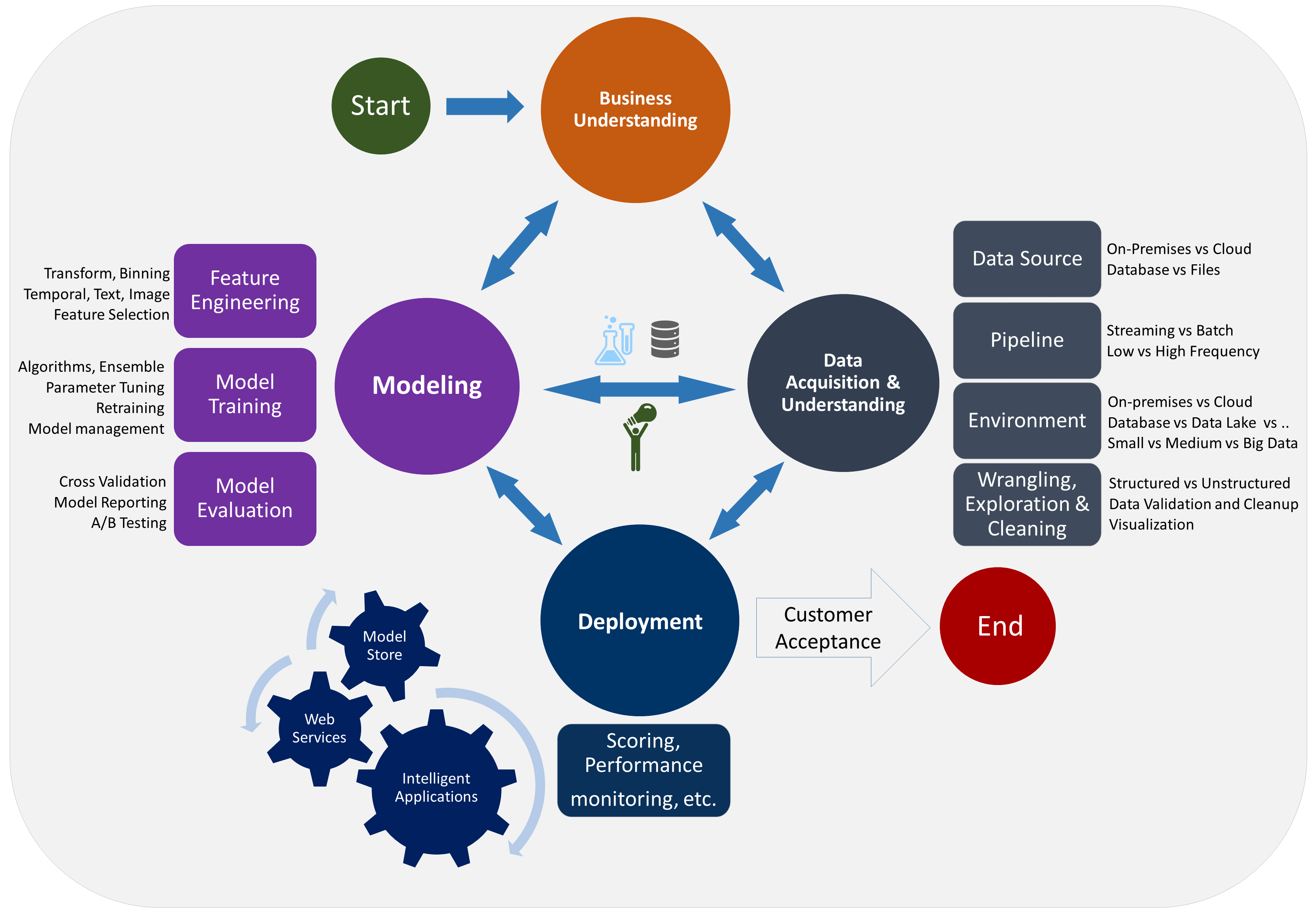
The data that you need to solve a particular problem might not always be available to you. That means that you have to go about identifying data sources and means to obtain the data that is available there. Sometimes you might find that the data is available in public datasets and in other cases, you might have to carry out a web scraping project to build that dataset on your own.
Data Processing
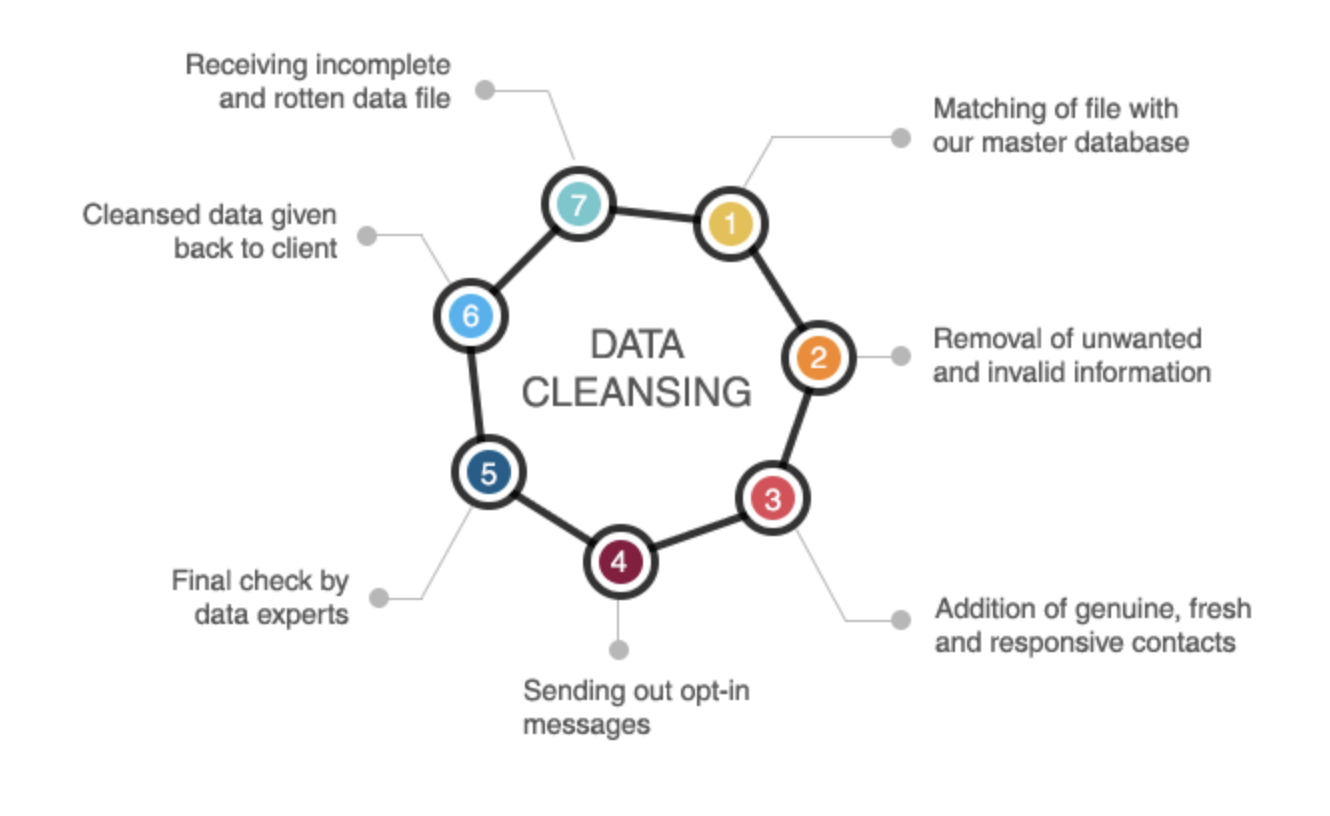
The data that you obtain won’t always be in a form that you can use right away. Many datasets often include erroneous or missing entries. In that case, you will have to wrangle and then clean your data. By the end of this process, you will have a dataset that will give you accurate results when you carry out your analyses.
Data Integration
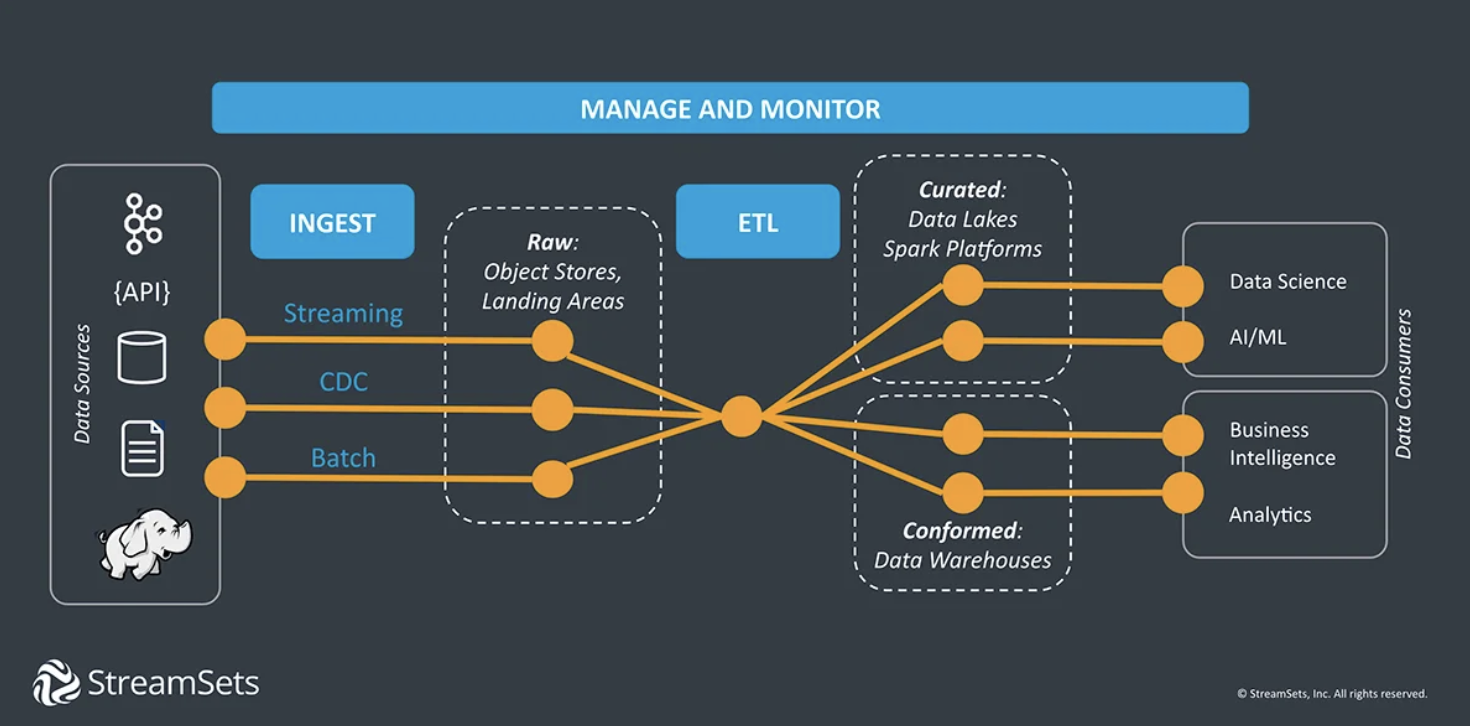
Data integration is the process of collecting data from various sources and corralling it into a database or warehouse. ETL—an acronym for extract, transform, and load—is the most common method that is used to integrate data in a project.
Data Investigation
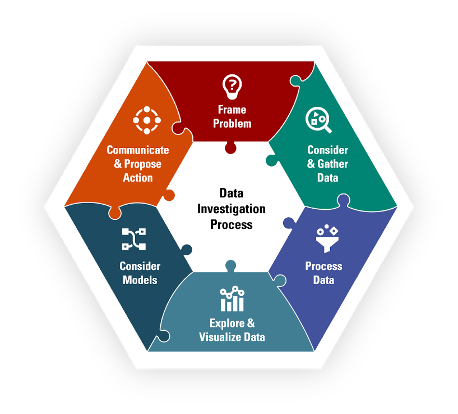
Data investigation is the initial study of the data you’ve assembled. This is done to become familiar with the types of data you’re working with, see the amount of variance in different data values, and begin to find some associations in the data set.
Exploratory Data Analysis (EDA)
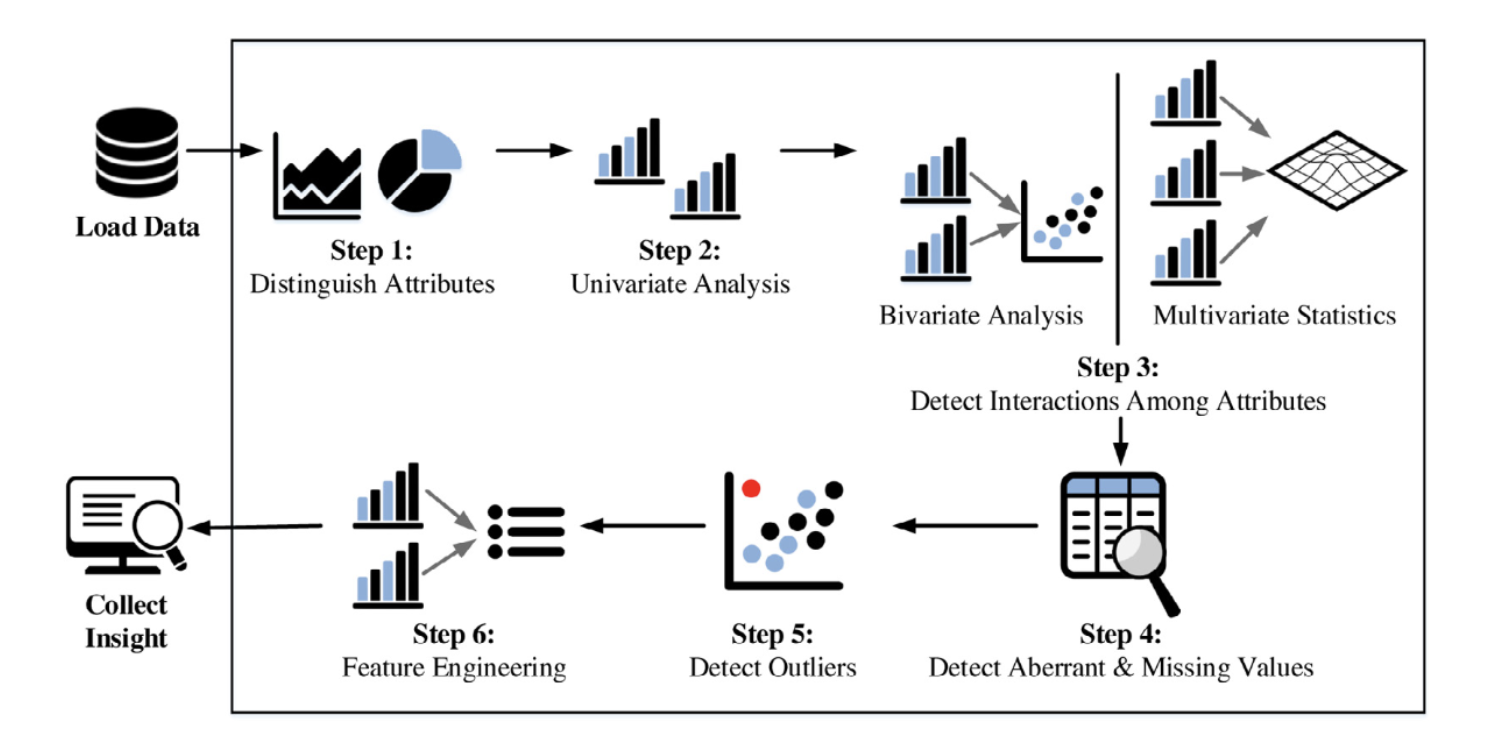
In some cases, you might not have a very specific question you want to be answered by a dataset. Data scientists carry out what’s known as exploratory data analysis in that situation. EDA is a way to identify the underlying patterns in data and potentially unearth interesting connections. This can be a way to gain insights that you previously didn’t have and become the starting point for a new line of inquiry.
Implement Data Science Techniques
Once you’ve decided what you want to learn from your data set, then you can pick a data science technique that will help you uncover what you’re looking for. Some of those techniques include:
Machine Learning
Machine learning algorithms are used to scale predictive modeling efforts and answer pressing business questions. Machine learning engineers build frameworks that can automate a lot of key data science processes.
Statistical Modeling
A lot of the work that data scientists do involves building statistical models to analyze different datasets. You don’t need to have a degree in statistics to do this work, but knowledge of inferential statistics, statistical tests, and general statistical analysis is key. These all contribute to being able to study data in more powerful ways.
Artificial Intelligence
It just so happens that Ai can be very good at identifying patterns in datasets. That means that if you’re familiar with building artificial intelligence systems, then you can apply them to your work as a data scientist. The great thing about AI is that it improves over time and you can gain a deeper understanding of the same dataset with the more time that your AI software has with it.
Measure, Analyze, Enhance
Data scientists also have to analyze their own work. This gives them an understanding of how well your statistical models, machine learning frameworks, and AI systems work. Part of your work will involve improving your own methods and seeing how that correlates to being able to analyze data more effectively.
From the Experts: What Does a Data Scientist Do?
I’m working with data to uncover new patterns, trends, and correlations that can help inform better decision-making. I also use my expertise to develop predictive models and data visualizations to help tell the story behind the data. Ultimately, I’m here to bridge the gap between data and business.
Jessica Shee @ iBoySoft
A lot of my time is spent automating the cleaning and aggregation of data. I’ve found that it’s almost always better to preprocess data, including performing aggregations at multiple levels, before it is fed to any kind of front end reporting tool like Power BI or Tableau. Because end users always want fresh data, it is best to automate the process, so the bulk of time is spent figuring out how to take the manual process of data acquisition and cleaning and using tools like Python and Pandas to make these processes happen automatically on a schedule and to raise warnings when the processes don’t go as expected.
Toby Basalla @ Synthelize
Here is what I was doing:
1) Researching. First of all you need to get knowledge on your task. Understand how cameras are localized, what image will you get.
2) Designing a system. I was creating an overall system, which can detect a gun from security cameras, do it fast and with high accuracy
3) Collecting data. You won’t collect data by yourself, but you need to create correct tasks for that
4) Training and validating a neural net. This is the fun part. You choose which neural net to use, train it, check the performance. Than try some other models, tinker with hyperparameters.
5) Deployment. When you have a model, you deploy it and see how it works in real life tests (this is really fun)
6) Monitor metrics and performance. Then you iterate and get better and better models, improving accuracy and/or speed.Argo Saakyan
Data scientists use their technical expertise in data manipulation and translation to aid coding and modeling to help some of the world’s top brands uncover customer stories. To me, this means that a data scientist gives meaning to data that is otherwise incomprehensible.
Examples include summarizing millions of data points into actionable insights for stakeholders, building predictive models to aid in forecasting, targeting or other business strategies, or developing the business intelligence tools and interfaces that allow non-technical stakeholders to access the insights that are most meaningful to them.Charles Hoffman @ 84.51
One of the most important parts of a data scientist’s role is building models based on
the tons of data we collect on our platform. At Studocu, data scientists work on building document recommender systems to provide students with the most useful study documents just for them, using NLP for content enrichment, and building content quality models to rate our user generated content.
On the business side, they wok on LTV and retention modelling, marketing attribution, and sales forecasting.Roger Smeets @ Studocu
In simple terms, a data scientist analyzes large datasets to produce high-impact, actionable insights. We use AI and machine-learning algorithms to build predictive models and identify trends, patterns, and potential risks to make informed business decisions.
We are basically wizards in disguise ;DParindsheel S.Dhillon @ DataToBiz
Data Science Career Outlook
Depending on your technical skills and interests, there are several data science careers you can opt for. These include:
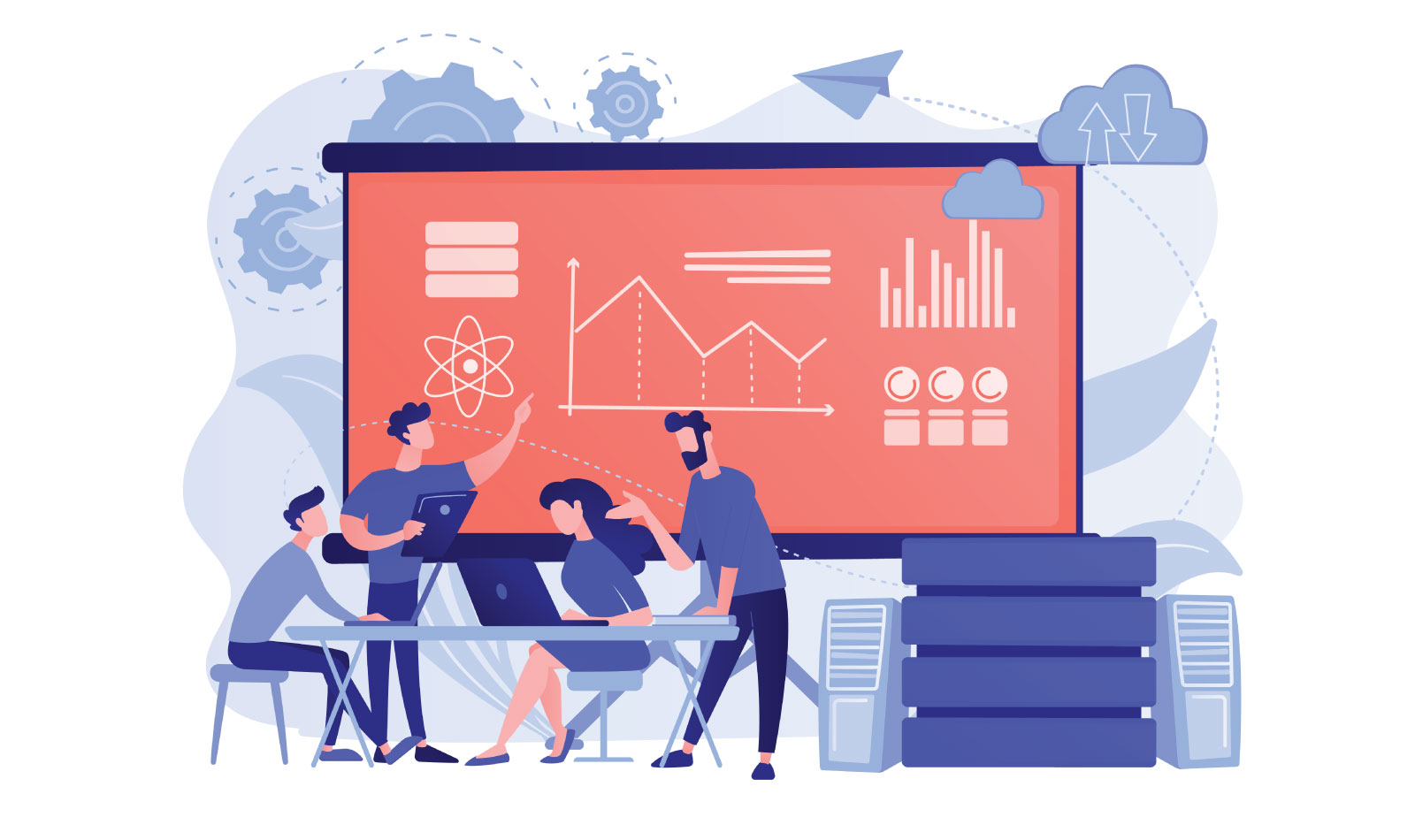
Data Analyst
A data analyst is someone who analyzes datasets to find meaningful patterns that can be used to inform business decisions. Data analysts are required to know basic mathematics, data analysis techniques, and also should have some knowledge of programming languages.
The average salary for a data analyst in the United States is $69,200. The US Department of Labor Statistics projects a 25% growth in employment in the field between 2019 and 2029.
Data Scientist
Data scientists and data analysts both analyze data and build frameworks and models that enhance how data science teams look and work with that data. However, the key difference between a data scientist and a data analyst is that a data scientist needs to have a more advanced understanding of statistical modeling, predictive analysis, and machine learning.
Data scientist roles are expected to grow by 22% between 2020 and 2030, which is much faster than other job profiles. The current average salary in the field is $141,120.

Data Engineer
Another role within the data science industry is that of a data engineer. Data engineers are professionals who build the infrastructure within which data science projects are carried out. They concern themselves with data warehouses, databases, and other storage architectures and build them to suit the needs of each project.
The Dice Tech Jobs Report listed data engineer as the most high-growth tech job of 2019. The average salary of a data engineer in the United States is $131,761.

Machine Learning Engineer
A machine learning engineer is a data scientist that builds machine learning software to study data and obtain answers from it. These professionals are familiar with machine learning algorithms and techniques that can be used to automate data analysis.
The average salary of a machine learning engineer in the United States is $119,927. The job was also listed at the top of Indeed’s best jobs list for 2019.

AI Engineer
AI is a technology that has come to be widely used in data science. Used the right way, it can help accelerate the exploratory data analysis process and let you work with large volumes of data easily. AI engineers build models and neural networks that can make that possible.
The average salary of an AI engineer is $119,300. According to one report, the most in-demand role for AI professionals was in data science.
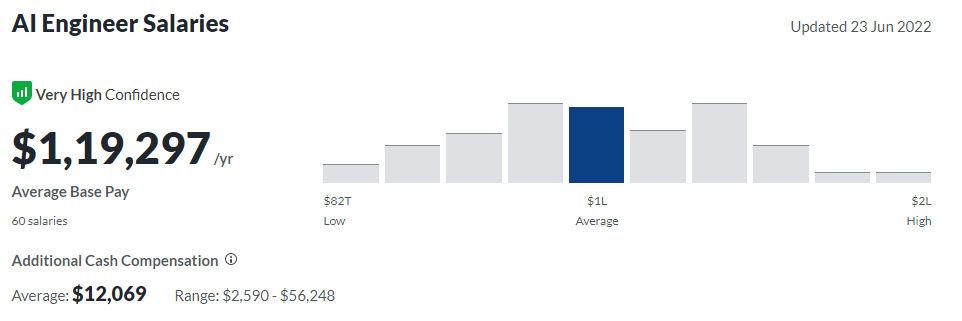
FAQs About Data Science as a Career
Can You Become a Data Scientist With No Experience?
It is possible to land an entry-level data science role without any experience. If that’s where you are in your career, make sure that you have a strong data science portfolio and prepare for some common data science interview questions.
Do You Need a Degree To Become a Data Scientist?
You can land a data science job without a degree. Completing a data science bootcamp and building your own projects can be good ways to show recruiters that you’ve got the requisite skills even though you haven’t completed any degree programs in data science.
Is It Hard To Become a Data Scientist?
Becoming a data scientist is no more difficult than breaking into the world of software. You just need to make sure that you have a strong foundation in statistics and know your data analysis techniques before you can start applying for a role in the industry.
Since you’re here…
Curious about a career in data science? Experiment with our free data science learning path, or join our Data Science Bootcamp, where you’ll only pay tuition after getting a job in the field. We’re confident because our courses work – check out our student success stories to get inspired.
